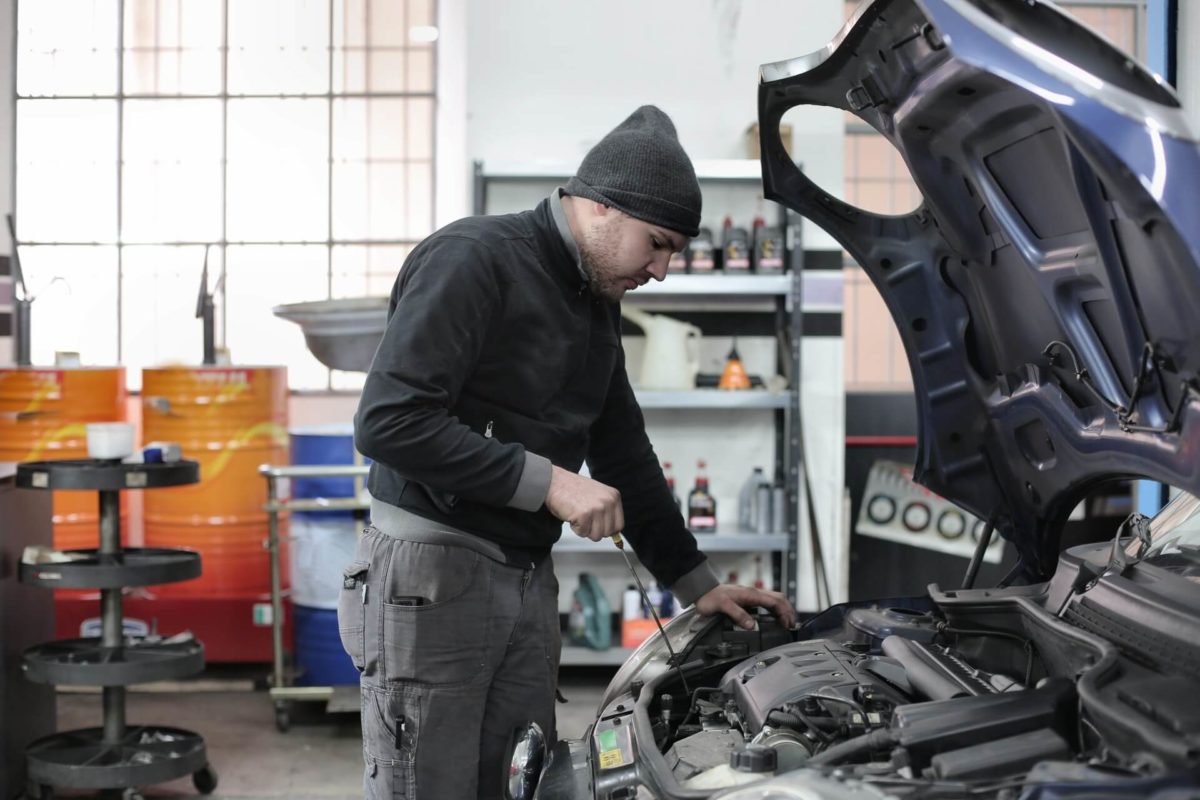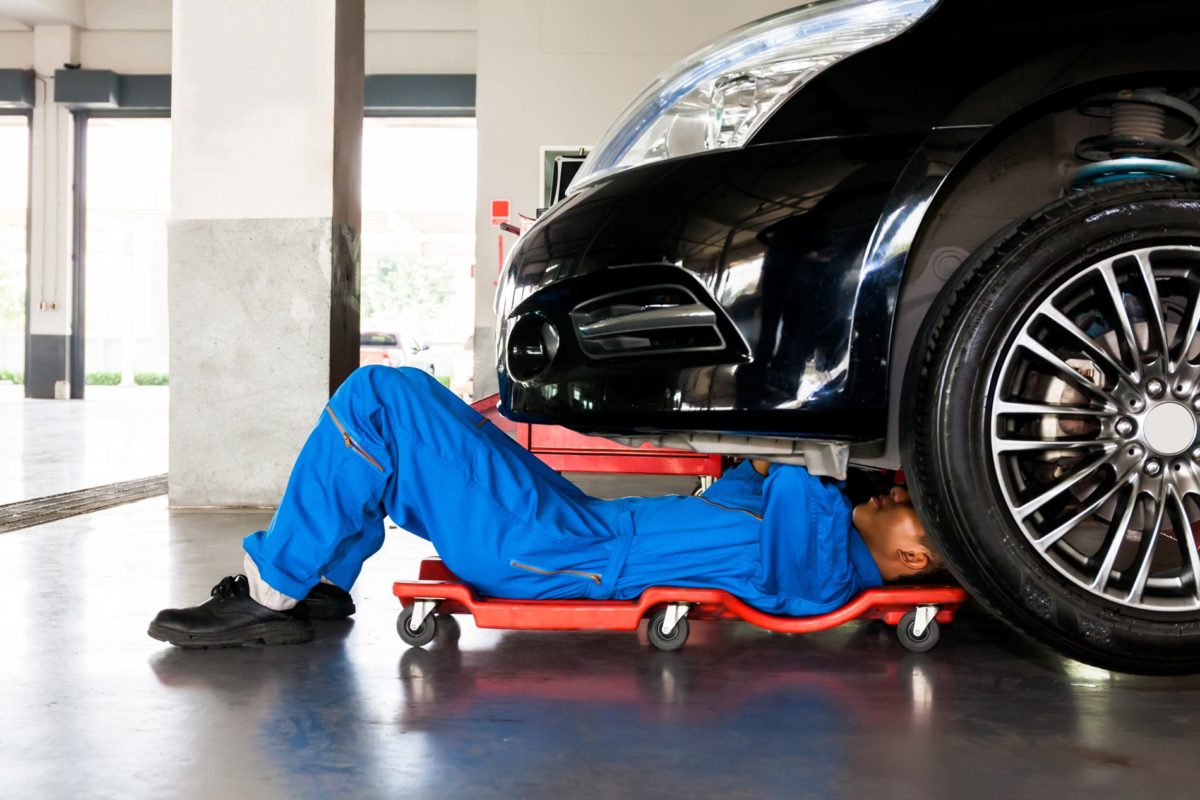A Brief Course on How the Parking Brake Works
The best TV shows about cars can tell you a lot of useful things, but in case you missed the episode on adjusting the parking brake and how exactly this mechanism works, you’re in the right place. This is not something that should give you driving anxiety, even if you’re still taking lessons on how to drive a car for beginners. Don’t stress in advance. It is all easy to understand and learn.
Also known as emergency or e-brake, this mechanical hand lever is used to ensure your vehicle doesn’t move when it is parked. It is typically located between the two front row seats, and this is an entirely different thing from the hydraulic ones, so don’t mix those two. The primary purpose is to keep the vehicle stationary or motionless when parked, so it does not start rolling down on hilly terrain. But the name emergency comes from the fact that this mechanism can stop the car in case hydraulic brakes cancel.
This mechanism is a part of the drum brake system and works with levers and cables, so when you pull a lever, steel cables will transmit the necessary force to stop the car or keep it in place. As they age and get used frequently, these cables tend to stretch, so they require occasional readjusting. The cable system has a “Y” design that enables a cable set to be connected to both rear brakes.











